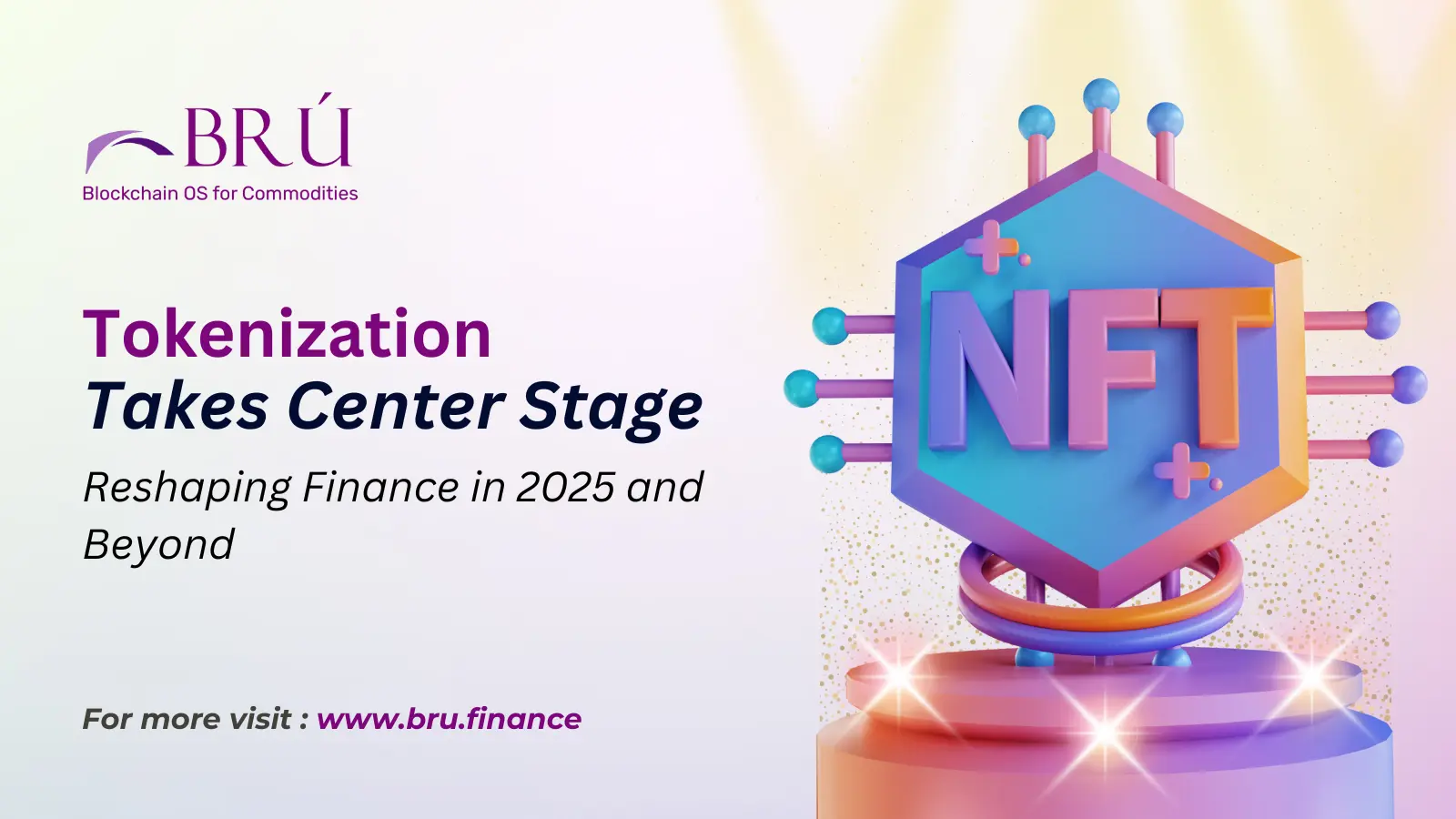
Tokenization Takes Center Stage: Reshaping Finance in 2025 and Beyond
Published On : January 27, 2025
As we step into 2025, one term is dominating conversations in financial markets and the crypto space: tokenization. It’s not just a buzzword anymore—it’s a movement that’s reshaping how we think about assets and investments.
Interest in Real-World Asset (RWA) Tokenization has exploded. Google Trends data shows that searches for “RWA tokenization” went from virtually zero to hitting peak popularity in 2024. For context, Google Trends uses a scale of 0 to 100, where 100 represents the highest level of search interest. By 2024, RWA tokenization had reached that top mark, signaling a surge in curiosity and engagement.
Bloomberg recently dubbed tokenization “Wall Street’s latest favorite buzzword.” While it might remind some of the blockchain hype from a few years ago, this time feels different. The projects are tangible, major corporations are diving in, and the potential is too significant to overlook.
But what exactly is tokenization, and why is it suddenly everywhere?
Tokenization isn’t a new concept in crypto circles—it’s been discussed for years. However, the involvement of heavyweight financial institutions has been a game-changer. Leading the charge is BlackRock, the world’s largest asset manager, overseeing a staggering $11.5 trillion in assets. In 2024, BlackRock made headlines by launching a tokenized money market fund focused on U.S. Treasury bills. This move signaled a major shift in how traditional finance views tokenization.
Following BlackRock’s lead, giants like Visa, JPMorgan, and Mastercard have rolled out their own tokenization initiatives. JPMorgan’s blockchain platform, Kinexys, now handles over $2 billion in transactions daily. Visa introduced a platform for banks to issue fiat-backed tokens, while Mastercard partnered with JPMorgan to streamline cross-border payments using blockchain technology.
The numbers speak for themselves. According to the Boston Consulting Group (BCG), the value of tokenized assets could hit $16 trillion by 2030, accounting for roughly 10% of global GDP. That’s not just a niche trend—it’s a seismic shift in the financial landscape.
Why Did It Take So Long?
Despite its promise, tokenization didn’t immediately take off in traditional finance. In the U.S., regulators struggled to differentiate tokenized assets from cryptocurrencies, creating uncertainty. Even tokenized assets that complied with financial regulations were often met with skepticism. Many banks and institutions viewed crypto as too risky, opting instead to invest in safer technologies like artificial intelligence.
But 2024 marked a turning point, and 2025 is poised to be transformative. The return of Donald Trump to the White House has fueled expectations for more crypto-friendly policies. In response, financial institutions that once hesitated are now racing to advance their tokenization projects.
Why Tokenization Matters
Tokenization offers several compelling advantages. One of the biggest is accessibility. Traditionally, investing in assets like real estate or art required significant upfront capital. Tokenization changes that by allowing investors to buy fractional shares of these assets, lowering the barrier to entry.
Liquidity is another major benefit. Take real estate, for example—it’s notoriously illiquid, often taking months to sell a property. Tokenized real estate, on the other hand, can be traded almost instantly on blockchain platforms, making markets more dynamic and fluid.
Transparency also improves with tokenization. Every transaction is recorded on a public blockchain, reducing the risk of fraud and giving investors real-time visibility into asset ownership.
That said, tokenization isn’t without risks. Tokenized assets are stored on blockchain networks, which, while secure, aren’t immune to hacks and breaches. Ensuring the safety of these assets remains a top priority.
The Future of Tokenization
The momentum behind tokenization shows no signs of slowing. The U.S. Commodity Futures Trading Commission (CFTC) is already exploring guidelines for using tokenized assets as collateral. Meanwhile, the automation enabled by tokenization is reducing counterparty risk, speeding up settlements, and cutting transaction costs.
As more companies embrace tokenization, the ecosystem will continue to expand, creating new opportunities for investors worldwide. What started as a niche concept is now on track to become a cornerstone of the global financial system. The question isn’t whether tokenization will reshape finance—it’s how quickly and how profoundly.
For more updates and latest news about Brú Finance, please join our Twitter Channel, Discord server, LinkedIn, Telegram at
Please join our Discord events and Twitter AMAs to connect directly with our founders and ask your queries.
Discord: https://discord.gg/8C9SZXDy2r
Telegram Channel : https://t.me/bruofficial
Twitter : https://twitter.com/bru_finance
LinkedIn : https://www.linkedin.com/company/bru-finance/
Facebook :https://www.facebook.com/brufinance/
Instagram :https://www.instagram.com/brufinance/?igshid=YmMyMTA2M2Y%3D

On-chain Protocol for Assets Tokenisation & Finance
 1.png)